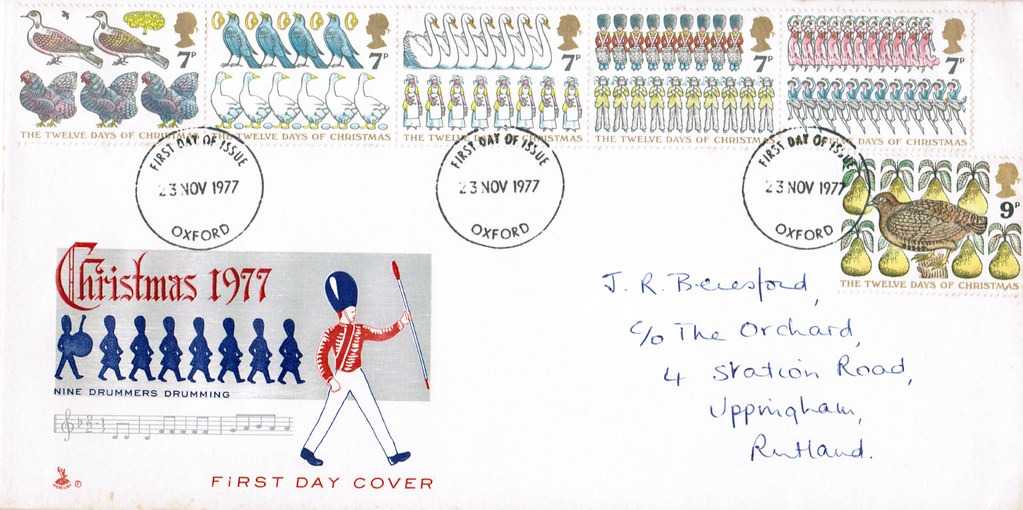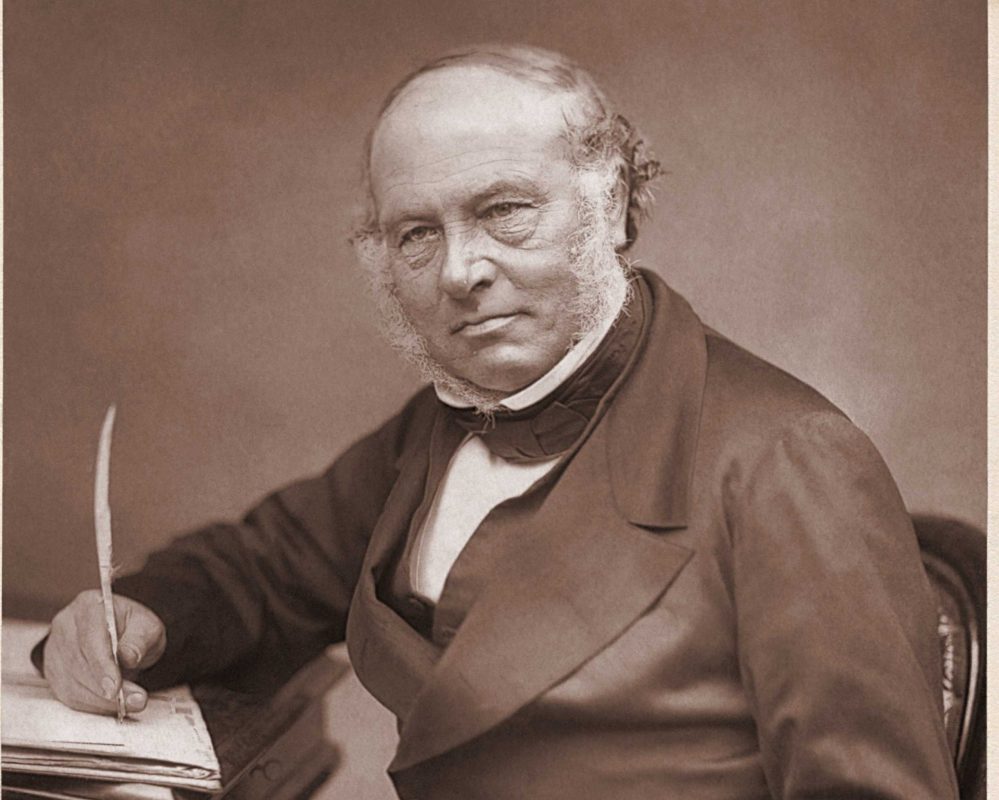
Blog
Collecting First Day Covers

British postal system
Before 1840, the British postal system was a mess. The recipient of the mail was required to pay postage on delivery, charged by the sheet, weight, and distance traveled. This postal service became expensive and restricted to the rich upper classes. After the Napoleonic wars, further taxes were added to compensate for the war expenses. After the educational reforms, Rowland Hill calculated that there was more money to be earned by lowering postage costs so that more people could afford it.

The portrait of Sir Rowland Hill, the inventor who led to the complete reformation of the postal system.
The Reform
The most significant change was the payment. Before Hill’s reform, the recipient would pay the mail. This led to a huge number of letters being declined because the recipient not being able to pay. Some created a coded system where the sender would make a coded annotation on the cover. The recipient would then decypher by examining the cover, and then decline to pay.
Hill’s solution to the problem was prepaid postage. He adopted the idea first proposed by Charles Knight, which led to the invention of stamps, to be paid by the sender, at a cheap, uniform cost. Postal earnings flourished, and the system was soon adopted all over the world.
First Day Covers
Soon enough, another novelty arrived: First-day covers! The first day of issue cover or first-day cover (FDC) is a postage stamp on a cover, postal card, or stamped envelope franked on the first day the issue is authorized.

A fine example of British First Day Cover, published for Christmas 1977.
First-day covers are issued to mark the issuance of a new stamp or to commemorate certain important events. A design on the left side of the envelope explains the event or anniversary being celebrated, and the stamp or stamps affixed to the right relate to the event.
Since the early days of first-day covers, they became valuable collectible items, and the diversity of the commemorated events depicted, as well as their affordability, makes collecting the first-day covers a popular widespread hobby.
Thanks for reading. Feel free to check out some of the FDCs from our store.

